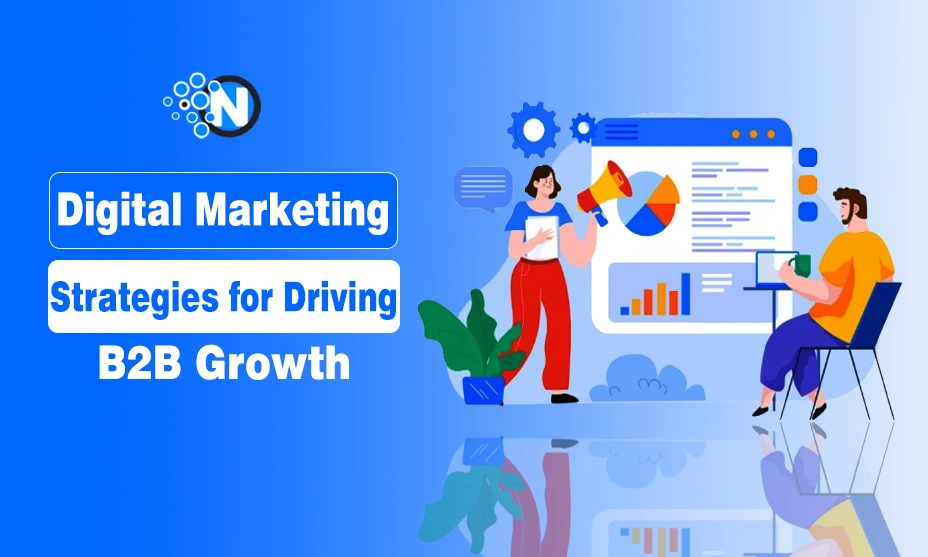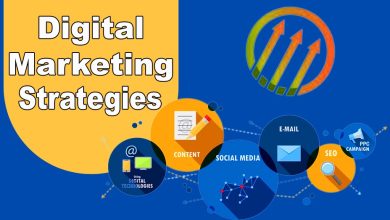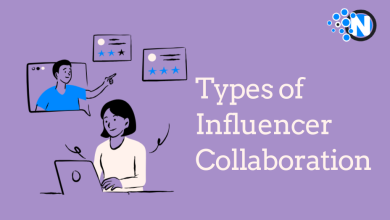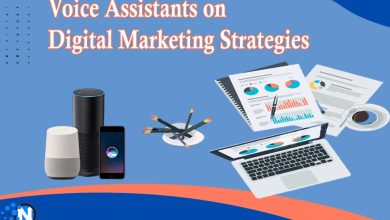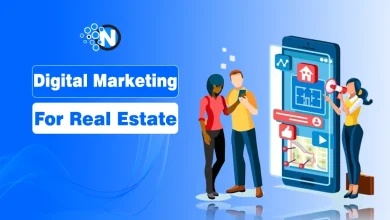Essential Digital Marketing Strategies for Driving B2B Growth
Modern consumers are increasingly gravitating toward digital experiences. They research information about their problems, look up brands that provide solutions, and even make online purchases.
You’ll need more than an online presence to attract customers who didn’t know you previously. You’ll need digital tactics that boost your visibility so you can influence these buyers’ purchase decisions. Research shows that 74% of B2B buyers perform over half of their research online before engaging with a sales team.
The greater your visibility, the more influence you’ll have, and the higher your chances of converting more paying customers. Let’s explore digital marketing strategies that may help drive growth.
Top Digital Marketing Strategies for Driving B2B Growth
Digital Marketing strategies require complete implementation all the time to drive B2B growth and maximum results. In the section below, I have described the best B2B growth marketing strategies for you.
1. Engage in Video Marketing
According to research, up to 95 percent of marketers indicate that videos have helped gain greater brand awareness.
The combined power of audio and visual communication allows marketing teams to tell compelling stories about their brand, effectively boosting awareness.
Plus, you can convey plenty of info relatively quickly, making them an attractive channel for educating your audience and building trusting relationships.
Here, you can make your videos engaging by following the steps below.
- Brand anthem videos: They provide sweeping overviews of your brand’s essence and mission. They let viewers know why you are here and seek to inspire brand equity.
- Customer Testimonials: People would rather hear from other buyers than your brand. Video testimonials featuring satisfied customers build awareness and credibility and inspire action.
- Expert interview videos: Thought leadership is highly influential in B2B decision-making, which makes filming interviews with industry experts (including those in your organization) useful. Be sure to cover topics your target customers want to learn about.
- Product demos: Getting an in-depth look at your business solutions allows audiences to envision how they will work for them. It’s also an opportunity to address any concerns potential buyers may have.
2. Partner with a Lead Generation Agency
Whether your team is time-strapped or lead generation isn’t your strongest ability, one thing is sure, without fresh leads, you won’t meet your sales goals.
By partnering with a lead gen agency, you can boost your chances of reaching wider audiences and converting them to customers.
A B2B lead gen firm will work closely with you to understand your brand, values, objectives, and target audience. With the help of specialized tools and technologies, they will assemble a customized strategy to identify potential customers in your space and nurture them.
Then, they will track pre-agreed metrics like lead volume and conversion rates and continue to refine their technique to maximize results.
Lead generation agencies fall primarily into two groups
- Inbound marketing: This team focuses on pulling new leads to your funnel using optimized content pieces such as blog posts, infographics, videos, and downloadable content.
- Outbound marketing: These guys drive awareness and demand by pushing out marketing materials. They use email marketing, direct mail, LinkedIn prospecting, and cold calling to reach potential customers.
3. Enhance Customers’ Online Experiences
Here’s something we forget—B2B customers are the same people who spend time on Amazon and other B2C e-commerce sites that offer splendid online experiences.
They are accustomed to customized and efficient online transactions and expect similar experiences from B2B vendors. Except research shows that B2B customer experiences lag far behind B2C experiences.
If you want to boost growth you’ll need to shake up the experiences you provide. Consider the following:
- Commit to satisfying and appreciating your customers: People sweat the small stuff. The small actions differentiate brands that are customer-centric from those that aren’t.
- Understand customer needs: Understandably, customer demands are diverse, not to mention increasing by the day. In spite of this, you can collect and analyze your customer’s voices and make adjustments to improve interactions and processes.
- Be responsive in communicating, delivery, and problem resolution: Brands that excel in providing fast responses that exceed customer expectations and the competition are likely to attract new and repeat customers.
- Resolve issues before your customer feels them: Anticipating your customers’ needs or desires and taking proactive steps to meet these needs upfront means they don’t need to undergo unnecessary problems or call to complain.
4. Make Cold Calls
Fancy webinars and other web-based tactics are great but picking up the phone to speak to a lead still carries the day.
SMBs and large corporations use this strategy to reach new customers, while lead gen agencies always set customer appointments through cold calls.
Best practices include
- Research your prospects: Get a feel of the company you’re targeting, its values, interests, and potential needs. Compare your target prospect to existing customers (size and needs). Can your solutions meet the prospect’s needs adequately?
- Write your script: It will need an intro, a convincing argument showcasing your solutions’ value, and the next steps. Don’t go for a hard sell. It’s your first contact, and you want to build rapport before selling.
- Stay up to date: Proactively monitor emerging trends and new regulations that can leverage or affect your business. This way, you aren’t caught unaware if the lead raises a question about it.
- Be tenacious and maintain positivity: Leads are different. Some will avoid you, others will lead you on, and others will be straight-up rude. Be persistent (not annoying) and maintain a positive and professional attitude.
5. Build Relationships Via Social Media
On social, individuals look for followers, while brands focus on building relationships. In previous years, buyers turned to phones, web forms, or emails to connect with sellers.
Sometimes, they had to wait for days for a response. A DM or tweet is a sufficient channel for raising questions, making complaints, or sharing thoughts.
The worst thing your team can do is set up a social media presence and then ghost your followers. It will only ruin your reputation.
To build relationships on these channels
- Personalize your content: Create content that interests your audiences. The kind that helps solve their problems or make decisions. Use terminology they understand and a tone they can resonate with.
- Participate in conversations: Your posts open avenues for further conversation, so watch out for comments from followers and engage them. Participate in all conversations, whether they praise your company or complain about it.
- Encourage direct messages: And answer them promptly as well. Some people prefer not to comment publicly but may still want to talk to you. Encourage your followers to DM you and open opportunities for engagement to all.
- Join groups that hold conversations related to the solutions you offer. They are great places to gather information on customer desires and challenges and natively discuss your solutions.
The Final Verdict:
The modern marketplace is often virtual, and mere participation in the Internet environment is insufficient; enterprises require intentional digital marketing. Video marketing, for instance, has been found to have a perfect return on investment since it uses audio and video to sell brand messages. Working with lead generation agencies also means new markets, while enhancing B2B customer experiences means increasing customer loyalty.
The article solely explains the leading strategies to adopt for getting more out of B2B marketing campaigns. I hope that this article will be helpful for you in achieving your desired target.

